The DTF printing industry has been growing at a rapid pace, with businesses ranging from home-based setups to large-scale production houses embracing this versatile technology. One of the biggest upgrades shop owners consider is moving to a 4-head DTF printer.
In this guide, we’ll explore the real ROI of upgrading, the pros and cons, and how to figure out if this machine aligns with your production goals.
Understanding 4 Head DTF Printers
A 4-head DTF printer is designed for high-speed printing and greater output compared to single or 2-head DTF printers. The “4 head” term refers to the print head configuration, which allows the machine to spray more ink onto the transfer film at once.
In simple terms, more print heads mean faster production. But speed isn’t the only factor; print quality, maintenance, and operating costs all play a role in whether the investment makes sense.
Why Businesses Upgrade to a 4 Head DTF Printer?
Many printing businesses start with smaller machines like an A3 DTF printer or a dual-head DTF printer. These are great for beginners, but once orders start increasing, production bottlenecks become a real problem.
Here’s why upgrading might make sense:
-
Faster Turnaround Times – With four print heads working simultaneously, production speed can more than double compared to smaller machines.
-
Better Color Saturation – Multiple heads mean better layering of white and CMYK inks for vibrant prints.
-
Higher Volume Capability – Ideal for bulk orders, wholesale, and retail fulfillment.
-
Consistent Print Quality – Fewer delays between passes reduce color banding and inconsistencies.
How Much Can You Make with a 4 Head DTF Printer?
Calculating the 4-head DTF printer ROI isn’t just about sales—it’s about speed, efficiency, and reduced downtime.
For example:
-
A 2-head DTF printer might print 50–60 A3 transfers per hour.
-
A 4-head DTF printer can produce 100–120 A3 transfers in the same time.
If your average profit per print is $3, the difference could be hundreds of dollars more per day in revenue.
Over months, that can justify the DTF printer setup cost quickly, especially for a business with 4-head printer capabilities.
4 Head vs 2 Head DTF Printer – Which is Better?

If you’re deciding between the two, here are the main differences:
|
Feature |
2 Head DTF Printer |
4 Head DTF Printer |
|
Printing Speed |
Medium |
High |
|
Production Volume |
Small to medium batches |
Large-scale, bulk orders |
|
Print Quality |
Good |
Excellent, richer color |
|
Maintenance Frequency |
Moderate |
Higher (more heads to maintain) |
|
Initial Cost |
Lower |
Higher |
If you have high demand and bulk orders, 4-head DTF printers are the better choice. If you’re starting or working part-time, a dual-head DTF printer might be more practical.
Also Read Blogs : How to Make Personalized T-Shirts at Home?
Benefits of a 4 Head DTF Printer
Investing in a DTF printer with 4 print heads comes with clear advantages:
-
High-Speed DTF Printing – Great for meeting tight deadlines without sacrificing quality.
-
Professional DTF Printing Equipment – Suitable for commercial and industrial use.
-
Scalable Production – You can take on bigger clients and larger orders confidently.
-
Improved Print Head Longevity – With workload spread across multiple heads, wear and tear on each head may be reduced.
-
Better Ink Management – Ensures smoother transitions between white and color layers.
Potential Downsides to Consider
While a 4-head DTF printer has plenty of benefits, it’s not without challenges:
-
Higher Initial Investment – The cost is significantly more than smaller models.
-
More Maintenance – Knowing how to clean a DTF printer head becomes even more important with multiple heads.
-
Bigger Space Requirement – These machines are large and require proper ventilation.
-
Learning Curve – Operators need to understand advanced settings and calibration.
4 Head DTF Printer Cost and Performance
The DTF printer cost varies by brand and features. Machines like the Audley 4-head DTF printer are built for industrial-level use and priced accordingly.
However, cost vs performance should always be evaluated. If your order volume doesn’t demand high-speed output, you might be paying for capabilities you won’t fully utilize.
DTF Printer for Commercial Use – Who Needs It?
A 4-head DTF printer is best suited for:
-
DTF printing press businesses handling daily bulk orders
-
Shops offering DTF transfer machine services to other decorators
-
Large-scale apparel production facilities
-
Entrepreneurs targeting wholesale custom printing
If your focus is small, customized batches, or personal projects, you might not need industrial-level equipment.
DTF Print Quality with 4 Heads
Print quality isn’t just about resolution—it’s about consistency. A 4-head DTF printer delivers:
-
Even white ink coverage (avoiding patchy prints)
-
Stronger colors thanks to dedicated CMYK heads
-
Crisp edges on fine details
This makes them a go-to for brands that prioritize premium output.
Setting Up Your DTF Printing Workflow
To maximize ROI from a multi-head DTF printer, you’ll need:
-
A reliable RIP software for color management
-
Proper curing and heat press equipment
-
A consistent maintenance schedule to keep print heads running smoothly
-
Staff training on DTF printer productivity techniques
DTF Business Profitability with a 4 Head Printer

Let’s say your current setup takes 8 hours to complete 500 transfers. A 4-head DTF printer might cut that time in half, allowing you to take on more jobs—or free up time for marketing and client outreach.
In competitive markets, speed can be as valuable as quality. Faster turnaround often leads to repeat clients and higher order values.
Final Verdict – Is a 4 Head DTF Printer Worth the Investment?
If you’re running a small shop with occasional orders, you may not see enough return to justify the cost. But if you have consistent high-volume orders or plan to scale into wholesale and commercial contracts, a high-speed DTF printer with four heads can pay for itself quickly.
The key is to calculate your direct heat transfer printer ROI based on actual production needs—not just the appeal of faster printing.
Ready to explore your options? Browse DTFNC's selection of professional DTF printing equipment and find the right DTF printing machine to match your business goals. Whether you’re upgrading from a 2-head DTF printer or setting up a new DTF printing press, we can help you get started.
Frequently Asked Questions
Q1. Are DTF printers worth it?
Yes, especially for businesses offering custom apparel or transfer services. They provide flexibility, vivid prints, and scalability.
Q2. Which is better, an A3 or an A4 DTF printer?
An A3 printer offers a larger print area and higher production capacity than an A4, making it more suitable for business use.
Q3. What size DTF printer do I need?
Choose based on your order volume. Small runs can use A3 or 2-head models, while bulk production benefits from 4-head DTF printers.
Q4. Is DTF printing profitable?
Absolutely—if you manage material costs, maintain your equipment, and secure consistent orders, DTF can deliver high profit margins.
Also Read More Relevant Blogs :
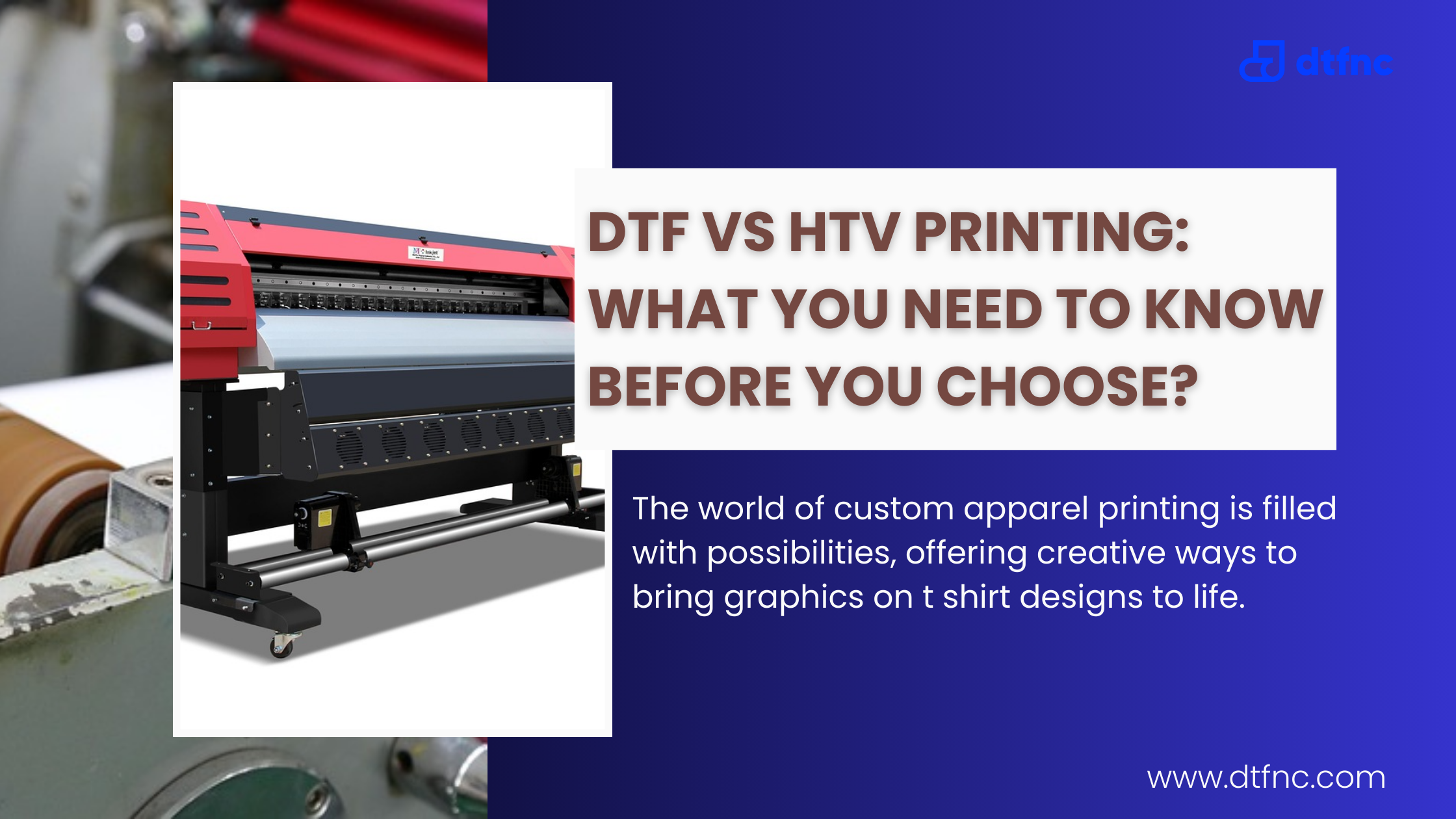
DTF vs HTV Printing: What You Need to Know Before You Choose?
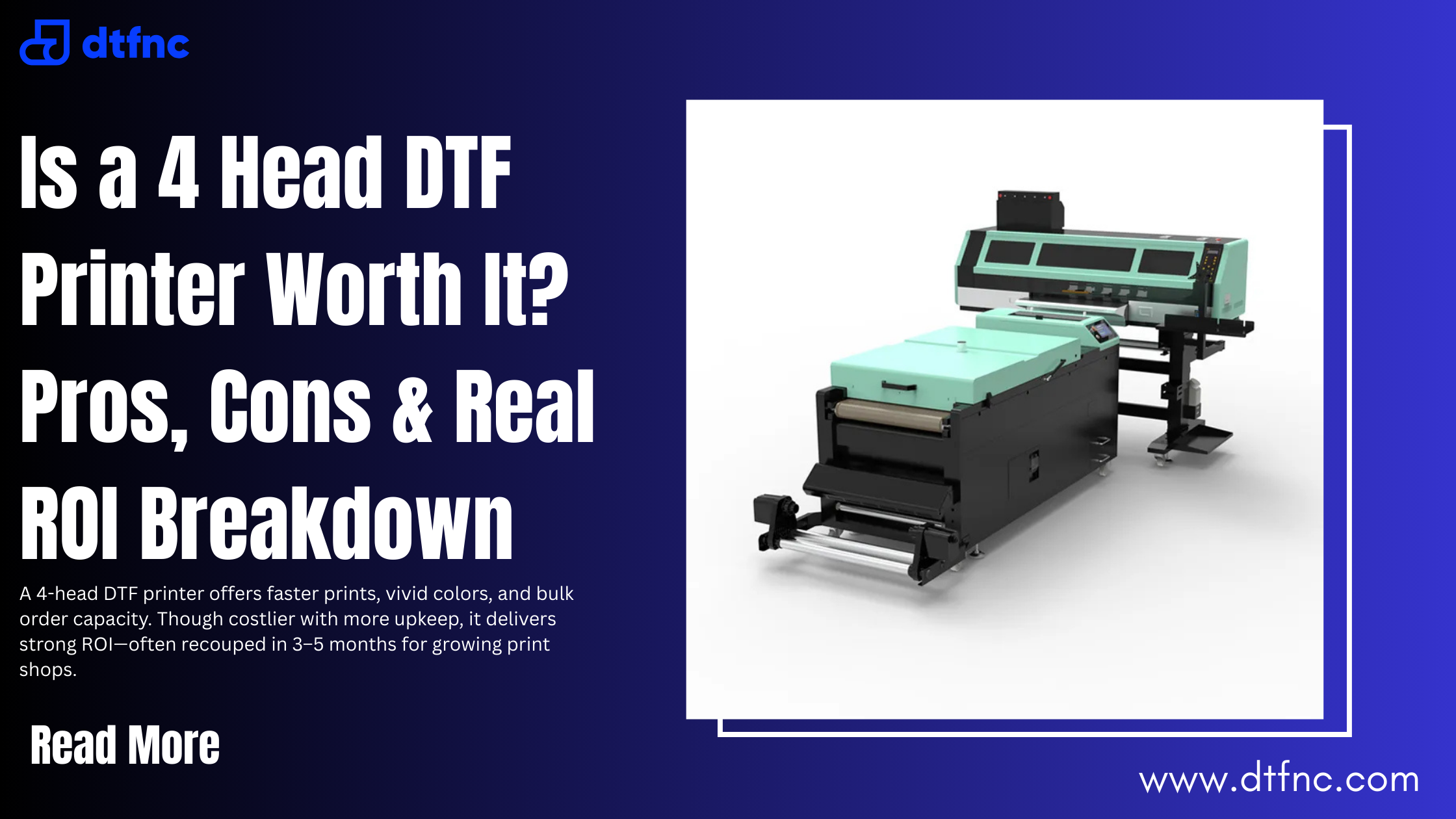





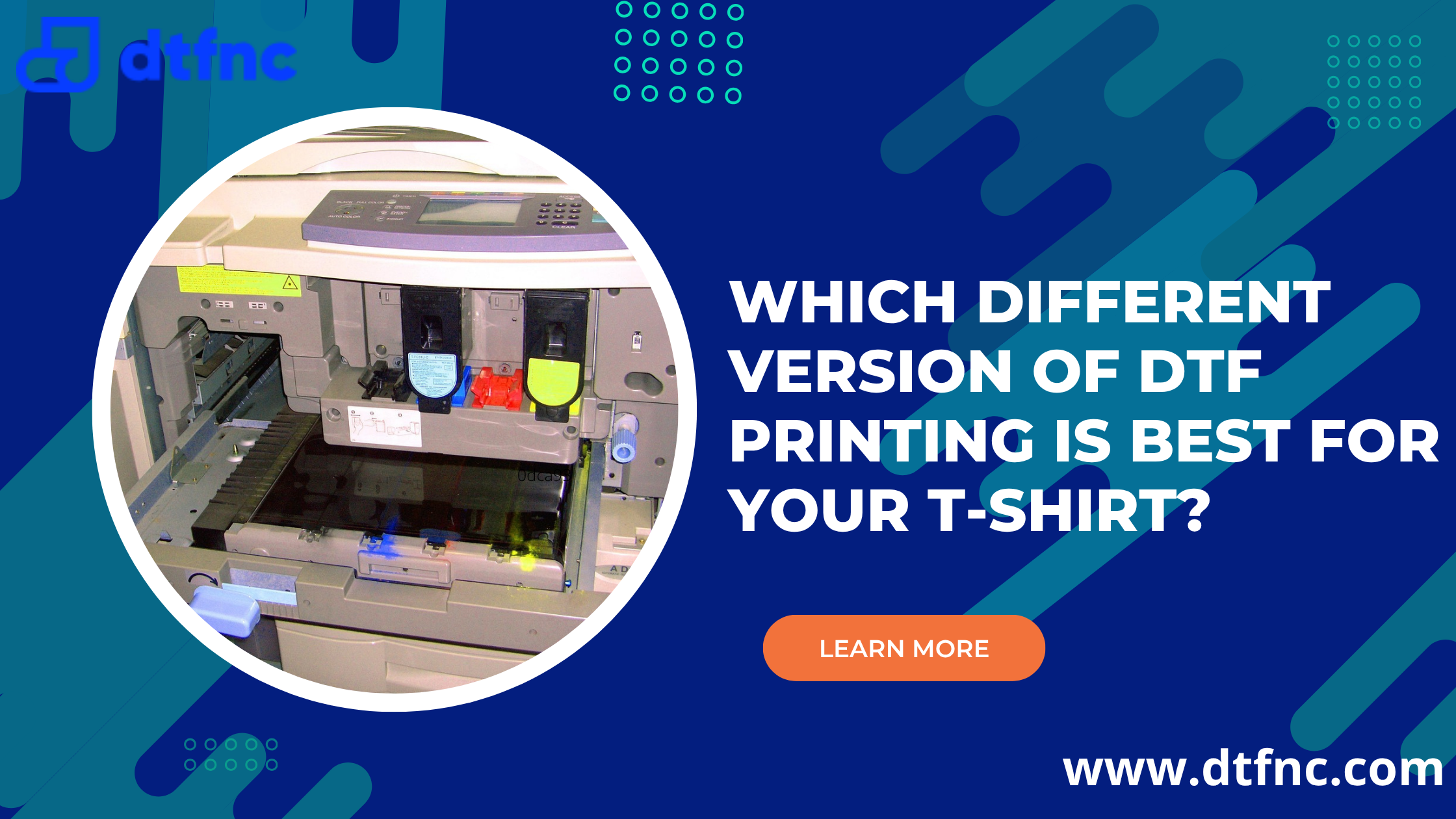
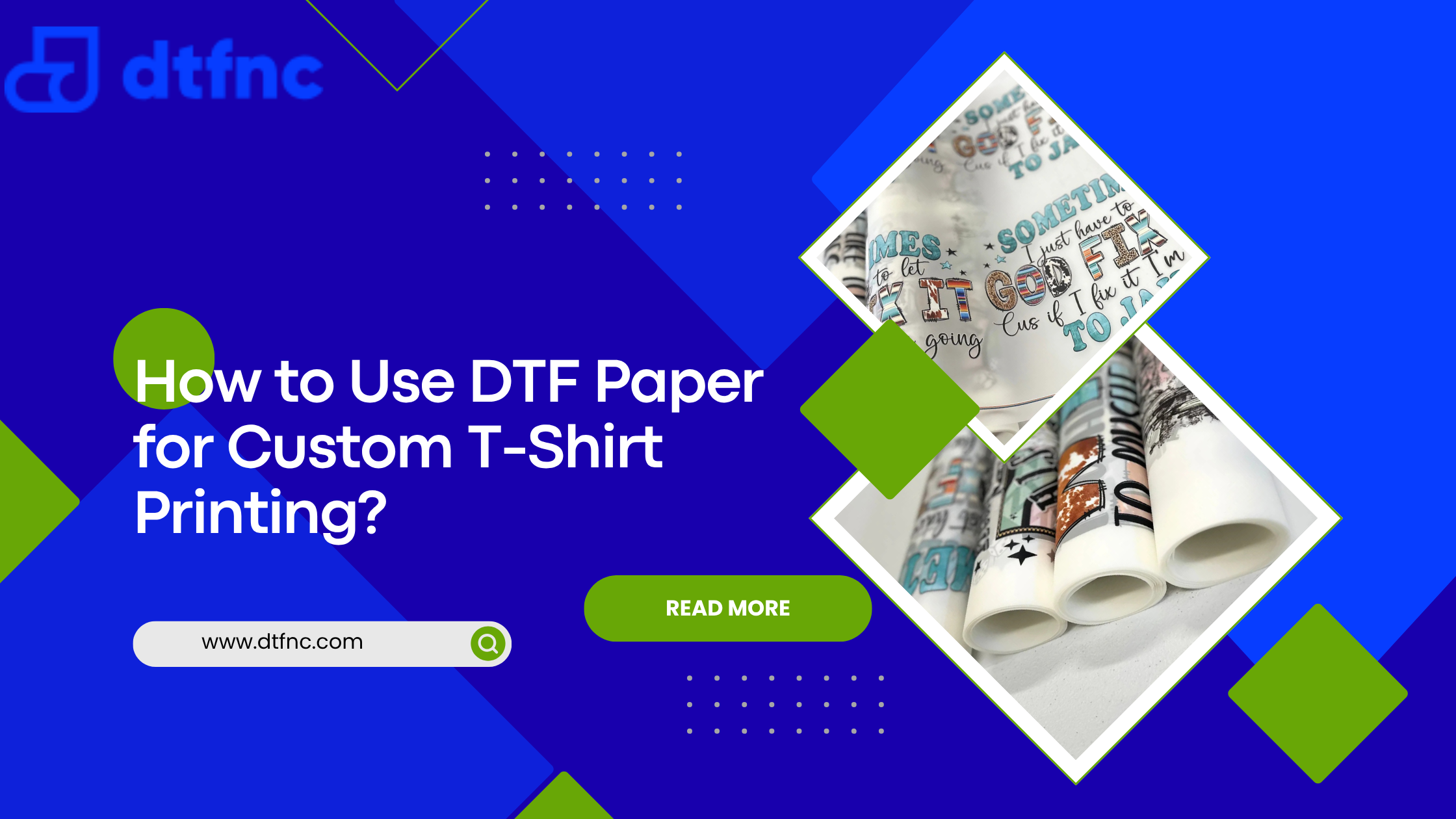
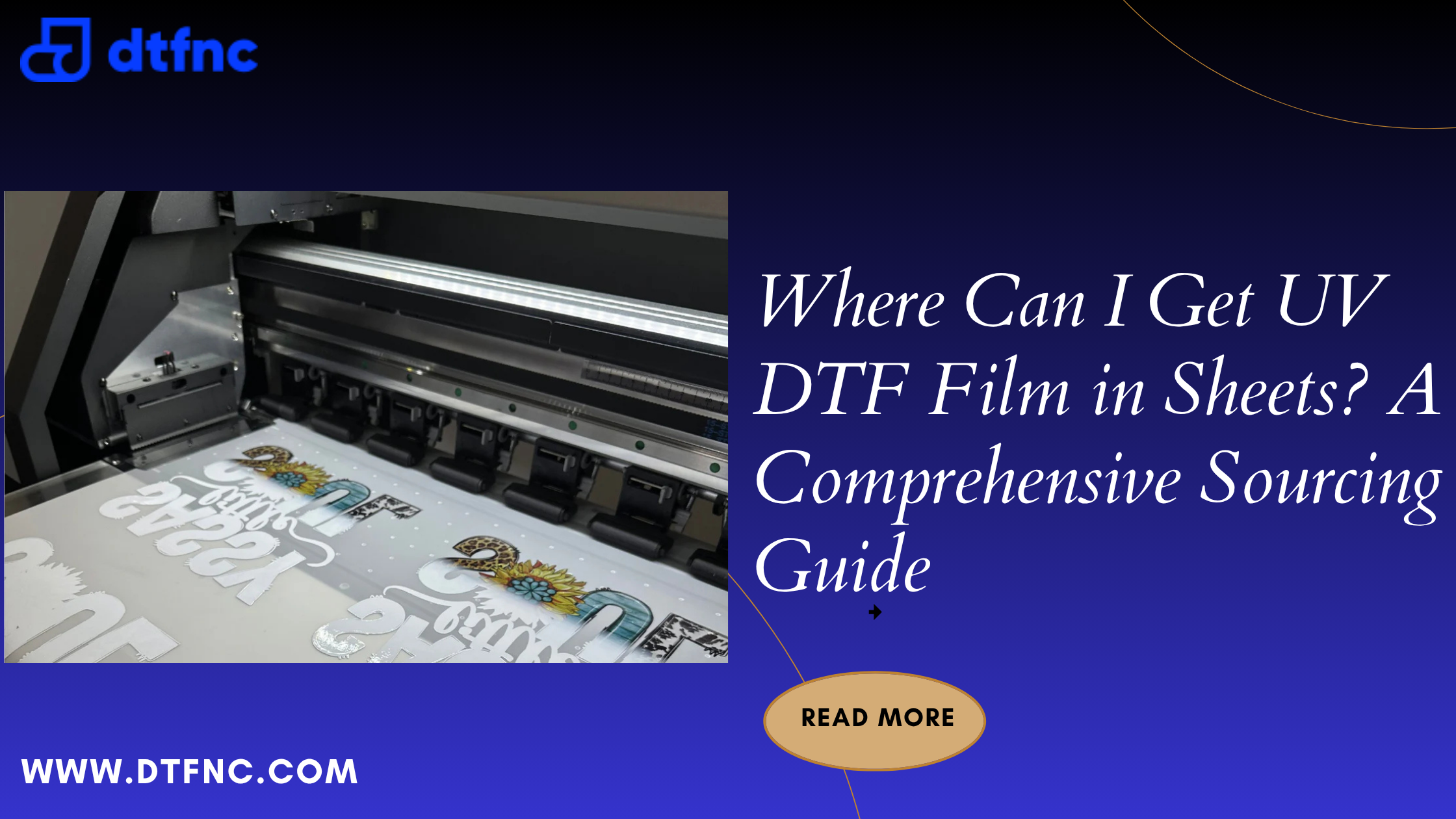
7 comments
marketing-calculator.net
Great information!
🔍 ⚠️ Notification: 0.3 BTC waiting for withdrawal. Confirm >> https://graph.org/Get-your-BTC-09-04?hs=2324619677ce6d7f3a2ba80c9127c60d& 🔍
lywkp8
🔉 🔵 Incoming Alert - 1.95 BTC from exchange. Accept funds >> https://graph.org/Get-your-BTC-09-04?hs=2324619677ce6d7f3a2ba80c9127c60d& 🔉
n9xk6e
🔗 🔔 Reminder - 0.95 BTC waiting for transfer. Confirm → https://graph.org/Get-your-BTC-09-04?hs=2324619677ce6d7f3a2ba80c9127c60d& 🔗
oy8xjh
* * * <a href="https://smedu.net/index.php?cptpp4">$3,222 deposit available</a> * * * hs=2324619677ce6d7f3a2ba80c9127c60d* ххх*
e9l126